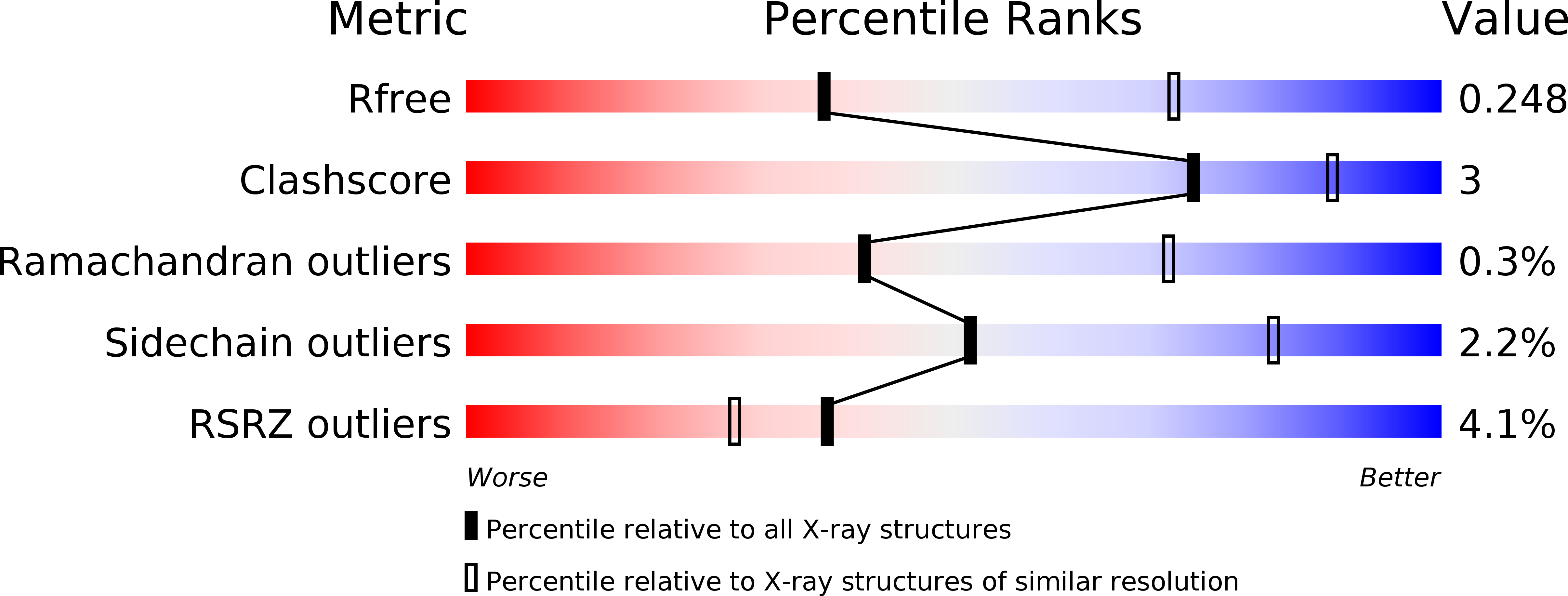
Deposition Date
2016-09-08
Release Date
2017-04-12
Last Version Date
2024-11-06
Entry Detail
PDB ID:
5T90
Keywords:
Title:
Structural mechanisms for alpha-conotoxin selectivity at the human alpha3beta4 nicotinic acetylcholine receptor
Biological Source:
Source Organism:
Lymnaea stagnalis (Taxon ID: 6523)
Conus (Taxon ID: 6490)
Conus (Taxon ID: 6490)
Host Organism:
Method Details:
Experimental Method:
Resolution:
2.80 Å
R-Value Free:
0.24
R-Value Work:
0.21
R-Value Observed:
0.21
Space Group:
C 2 2 21


